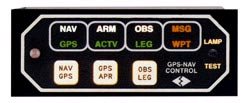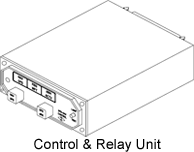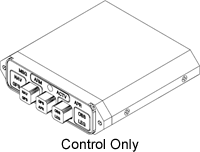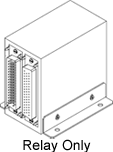By transacting an exchange sale with Southeast Aerospace, you agree, understand, acknowledge, and accept the terms, conditions, and details indicated in this Exchange Policy.
An exchange sale is defined as a transaction of a standard exchange of a Serviceable or Overhauled certified part with a specific part number sold to a customer in exchange for the same part (i.e. part number)
returned by the customer in an unserviceable but repairable condition. The customer returned part is referred to as the “core”. Core must be received by Southeast Aerospace within 30 days of original exchange sale transaction date.
The core charge will be collected in advance and will be credited back once received by Southeast Aerospace, in accordance with the terms defined in this policy.
Billing
Exchange price is based on a standard exchange. Core charge will be billed in advance and refunded when core is received, evaluated and accepted by Southeast Aerospace.
Additional billing will only occur in rare cases where the cost needed to repair the core exceeds 75% of the Exchange price. This value is known as the “Repair
Cap”. Additional billing will occur in the event that a core is not returned or is deemed Beyond Economical Repair (BER) or unable to be repaired. Please see additional details below.
Core Conditions
All exchange transactions are based on the return of a repairable core within 30 days of the same model and part number as supplied to the customer. A repairable core is defined as a part that is not corroded,
excessively damaged, missing the data plate/serial number, or contains obsolete service parts that are no longer available from the original equipment manufacturer.
Other specific serial number and/or core conditions may apply. Prototype/preproduction units may not be accepted as cores. Customer will be made aware of any other conditions at the time when order is placed.
Core Return
All cores must be returned to Southeast Aerospace at 1399 General Aviation Drive, Melbourne, FL 32935 USA. All transportation costs for the return of the core are the responsibility of the customer. Any additional
fees incurred by Southeast Aerospace in relation to the transportation of the core return by the customer will be assessed and collected from the customer.
Customer exchange cores must be returned to Southeast Aerospace within 30 days. If no core is returned after 30 days, the core charge (i.e. difference between Outright & Exchange prices) will be billed to the customer.
Cores will be evaluated for acceptance within 3-6 weeks of receipt for parts repaired in-house by Southeast Aerospace. Core acceptance for parts not repaired in-house by Southeast Aerospace is subject to outside repair evaluation turn-times.
Any exceptions to the Billing, Core Conditions, and Core Return policy are subject to written approval by Southeast Aerospace.
If you have any questions or concerns regarding this policy, please contact a Southeast Aerospace representative.









